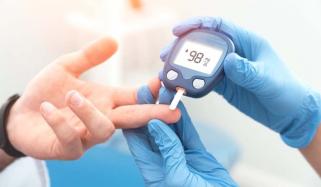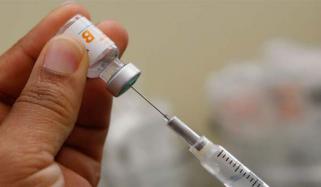
Your sweat can reveal significant clues about your health; find researchers!
With science and technology advancing rapidly in the 21st century, engineers now have developed a stunning new device that may transform lives.
In the September 3 published news in the journal Nature Electronics, it was announced that an electronic finger wrap that uses human sweat to keep a check on important chemical levels like vitamins, glucose, and even drugs has been invented by the engineers at the University of California, San Diego.
Telling Fox News Digital in an email, Dr. Joseph Wang, a professor at the same university, wrote, "This is the first demonstration of a complete zero-electric powered sweat (extraction and sensing) platform that enables non-invasive monitoring of multiple biomarkers to support a wide range of practical scenarios in personalized health care monitoring and wellness management.”
The developed electronic wrap is easy to wear as it is used just like a normal adhesive bandage and draws information for the sweat on the fingertip.
"Fingertips, despite their small size, are among the body’s most prolific sweat producers, each packed with over 1,000 sweat glands," the news release stated.
Co-author of the research group, Shichao Ding, stated, "The fingertip-wearable microgrid works automatically after it is worn on the finger.”
“Scientists are working to create a closed system that not only monitors biomarkers but also applies treatment based on the collected data,” Ding told Fox News Digital.
“For example, in the case of diabetes, such a device could continuously monitor glucose levels, automatically deliver insulin as needed, and then assess the effectiveness of treatment by further monitoring biomarker levels.”
The participants were asked to wear the device during their daily activities, such as eating, walking, and sleeping, in order to analyze the real-time performance of the sensors.












